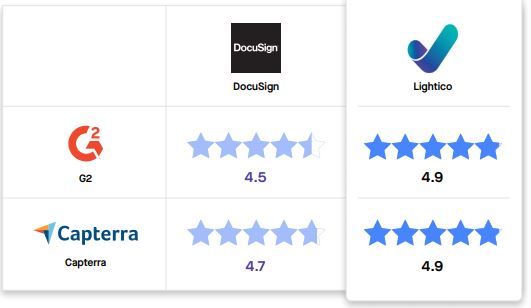The UK government’s decision to offer loans to support businesses during the pandemic has resulted in a knock-on challenge for banks to facilitate the increase in requests, while ensuring transferrals are done as quickly, safely and efficiently as possible.
It has also called into question the processes employed by government – both at a local and national level - and the technology they employ to deal with such enquiries.
Although 300,000 applications have been submitted, only 4,200 emergency loans have been granted since the scheme began three weeks ago.
Both borrowers of business loans and recipients of emergency Covid-19 grants have complained they’ve had to wait days for email replies or had been on the phone for hours before they were able to speak to either a branch advisor, or someone from a relevant government department. Application processes vary, depending on where the recipient lives and the loan or grant for which they are applying. For example, the process to apply for a Coronavirus Business Interruption Loan Scheme (CBILS), requires the customer to contact their bank directly, “ideally via the lender’s website”, while for other schemes, such as the Small Business Grant Funding, eligible businesses are contacted by their local authority.
For any of the application processes, the applicant is required to submit documents (eg: cash flow forecasts, business plans, details of assets etc), verify identity and sign contracts, while the government and money lender will need to exchange said documentation back and forth.
Even in normal circumstances, business loans are usually multi-staged affairs, that, due to the demand for document exchange of a sensitive nature and subsequent legal implications of the arrangement, are subject to various FCA regulations and compliance.
As such, whether applying for an emergency ‘Covid-19’ business loan or regular everyday business loan, customer journeys can be fragmented.
Throughout the process, the customer may encounter online obstacles that would be impossible to overcome without assistance. In this current era of social distancing and reduced opening hours for banks, seeking face-to-face assistance in branch is no longer an option, and applying over the phone can mean further difficulty, due to issues associated with explaining terms and conditions and specific product packages. The result leads to added breaks and delays caused by customers having to send in paperwork, await replies, sign documents, and verify proof of identity.
Certain banks utilise self-service portals to allow their customers to complete simple bank transactions, like account checking or uploading documents, while solutions such as screen-sharing and digital ID verification technology, are increasingly being used to bring the benefits of the branch to the customer’s home.
The coronavirus has heaped extra pressure on the banks as, per the government’s request, they begin to offer extra assistance to their customers. Measures include payment holidays for loans and mortgages; credit extensions; and refinancing options. Each poses the same challenges: for banks to present and explain information in an engaging way that allows the customer to select the most suitable option, exchange information and documents, and be able to sign agreements, remotely.
The Covid-19 pandemic has encouraged many banks to utilise technology to replicate the qualities of a face-to-face interaction, remotely, and the UK government has an opportunity to do the same.
With Vizolution technology, both business loans and government grants can be completed remotely, wherever and whenever the customer likes. Through an innovative combination of remote channels (telephony and online), customers and remote advisors can talk to one another, while still being able to share, display, exchange, complete, verify and sign documents as if they were face to face.
To find out more about our Express solution, and how our technology can be deployed within 24 hours, visit:


